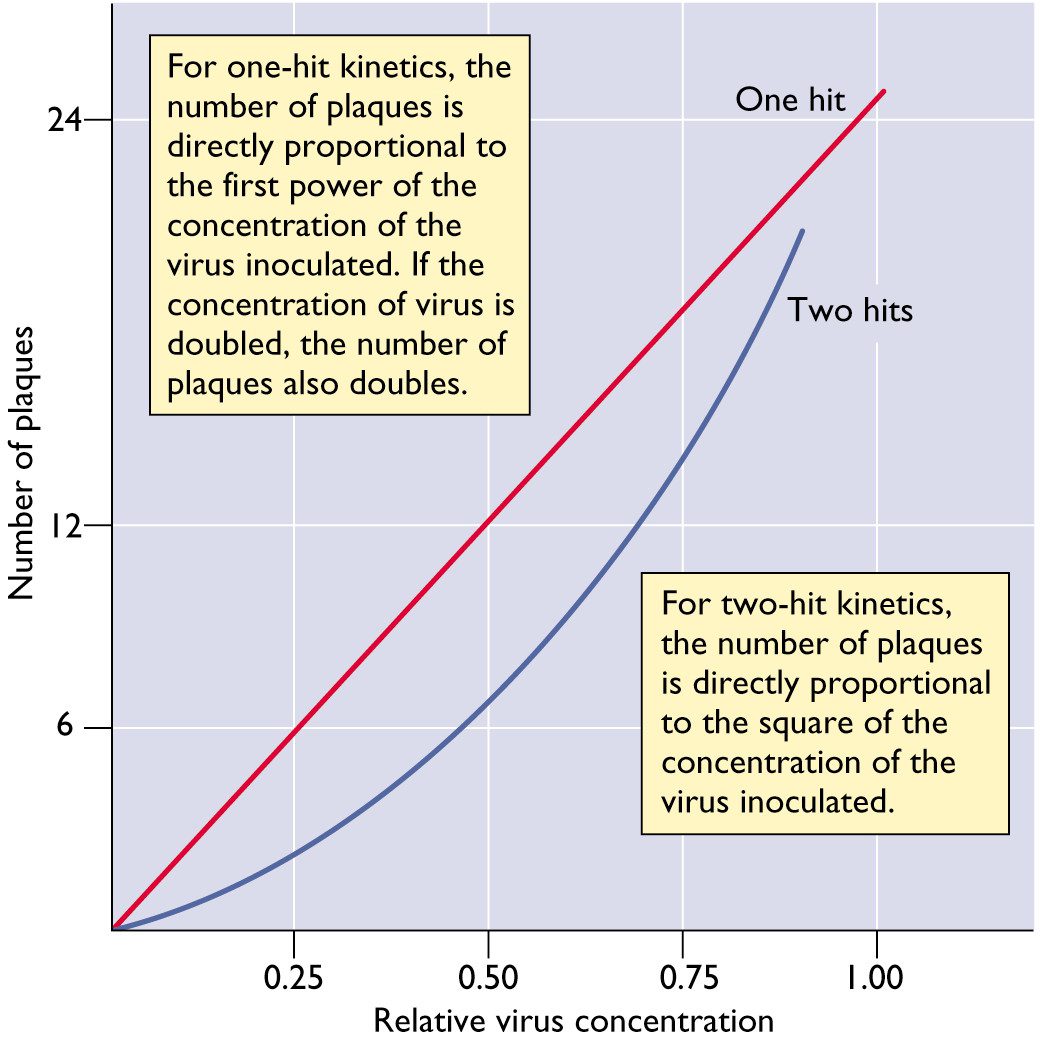June 28, 2012 ? Not only does the type of flu virus affect a patient's outcome, but a new research report appearing in the Journal of Leukocyte Biology suggests that the number of viruses involved in the initial infection may be important too. Scientists from Canada found that when mice were infected by relatively high concentrations of the flu virus, they not only developed immunity against the virus that infected them, but this also promoted the generation of a type of immune cell in the lungs poised to rapidly react against infections with other strains of the flu, as well. Mice that were infected with a relatively low concentration of the virus developed weaker immunity against the strain that infected them, did not build up this crucial population of immune cells in the lungs, and showed only delayed immunity toward other flu strains.
<hr>
This discovery could pave the way for new prophylactic strategies to fight flu infections and provides a novel basis for vaccine design.
"Hopefully, the findings of our study will help to develop better vaccine preparations that will be more effective in inducing protective cellular immunity to fight against infectious pathogens such as bacteria, viruses and fungi," said Martin V. Richter, Ph.D., the lead researcher involved in the work from the Department of Medicine at the Universit? de Sherbrooke and Centre de Recherche Clinique ?tienne-Le Bel in Qu?bec, Canada.
To make this discovery, scientists infected two groups of mice with two different infectious doses of influenza A (H3N2) and analyzed several aspects of inflammation and immunity during the initial infection as well as during reinfection with a different strain of virus. The first group was infected with a low dose of the virus whereas the second group was infected with a high dose of the same virus. Mice infected with the high dose showed increased morbidity, a greater degree of lung inflammation, but also a greater recruitment of influenza-specific immune cells (CD8+ T cells) into their lungs, and a better generation of long-lived respiratory CD8+ T cells called memory CD8+ T cells. In contrast, the mice infected with the low dose of virus suffered less from primary infection but all of the immune responses were induced to lower levels. Consequently, reinfection of mice, 60 days after primary infection, revealed that mice previously infected with a higher dose showed increased protection due to greater magnitude of the memory CD8+ T cell pool present in their lungs before reinfection. This is the first demonstration that the initial infectious dose has an important impact on the generation of specific types of immune memory cells and on the degree of immune protection against reinfection.
"Recent experience with emerging and mutating strains of influenza virus highlight how very few changes in this virus could lead to a catastrophic flu crisis," said John Wherry, Ph.D., Deputy Editor of the Journal of Leukocyte Biology. "While considerable efforts have been invested in predicting new emerging flu strains for our yearly vaccines, it is impossible to prepare for every possible way the flu can mutate. This new research shows that it may be possible to enhance current vaccines to offer broader protection against different flu strains, known and unknown."
Initial infectious dose dictates the innate, adaptive, and memory responses to influenza in the respiratory tract
+ Author Affiliations
- <address>Pulmonary Division, Department of Medicine, Faculty of Medicine and Health Sciences, Universit? de Sherbrooke and Centre de Recherche Clinique ?tienne-Le Bel, Qu?bec, Canada </address>
- ↵1.Correspondence: Pulmonary Division, Department of Medicine, Faculty of Medicine and Health Sciences, Universit? de Sherbrooke and Centre de Recherche Clinique ?tienne-Le Bel, 3001, 12e Avenue Nord, Sherbrooke, Qu?bec, Canada, J1H 5N4. E-mail: martin.richter@usherbrooke.ca
Abstract
Factors from the virus and the host contribute to influenza virus pathogenicity and to the development of immunity. This study thoroughly examined the effects of an initial infectious dose of virus and unveiled new findings concerning the antiviral and inflammatory responses, innate and adaptive immunity, memory responses, and protection against secondary heterologous infection. Our results demonstrated that the initial infectious dose significantly affects the gene expression of antiviral (IFN-β) and inflammatory (TNF-α, IL-6, IL-1β) cytokines and of enzymes involved in nitrosative/oxidative stress (iNOS, HO-1, NQO1) early in the response to influenza. This response correlated with significantly increased recruitment of innate immune cells into the lungs of infected mice. We showed that this response also alters the subsequent accumulation of activated IFN-γ<sup>+</sup> CD44<sup>hi</sup> CD62L<sup>lo</sup> influenza-specific CD8<sup>+</sup> T cells into the lungs of infected mice through increased T cell-recruiting chemokine gene expression (CCL3, CCL4, CCL5, CXCL10). Furthermore, we demonstrated that the initial infectious dose determines the generation and the distribution of memory CD8<sup>+</sup> T cell subsets without affecting trafficking mechanisms. This impacted on immune protection against heterologous infection. Lastly, we showed that the effects on innate and adaptive immunity were not dependent on influenza strain or on the genetic background of the host. Collectively, our data show for the first time and in detail that the initial infectious dose of influenza determines the development of several aspects of antiviral immunity. This study provides new insights on virus-host interaction in the generation of the global immune response to influenza.

Comment